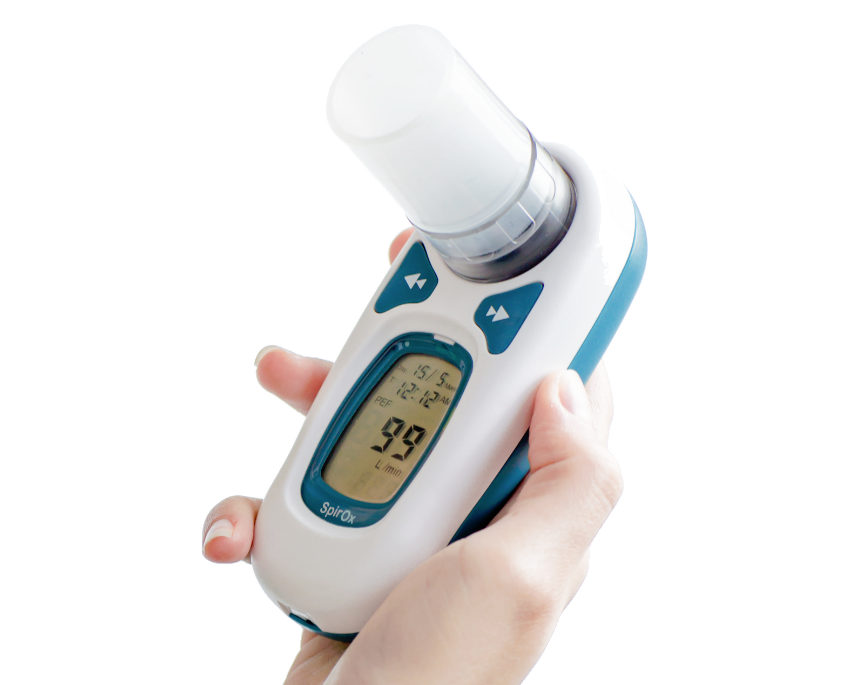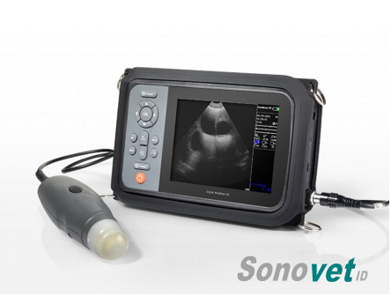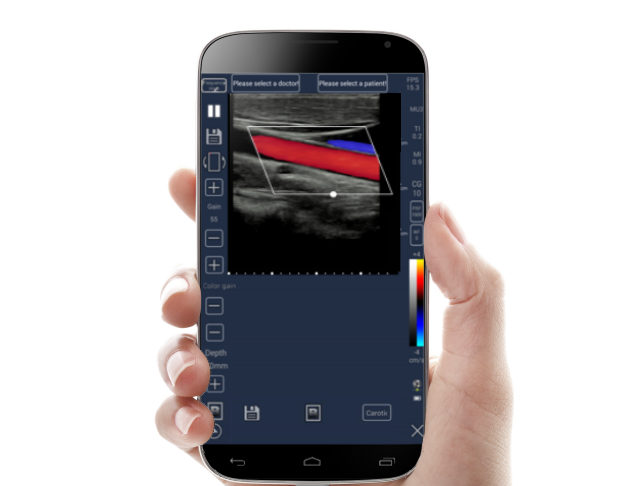What is a peak expiratory flow rate test?
The peak expiratory flow rate (PEFR) test measures how fast a person can exhale. The PEFR test is also called peak flow. This test is commonly performed at home with a handheld device called a peak flow monitor.
For the PEFR test to be useful, you must keep continuous records of your flow rate. Otherwise you may not notice patterns that occur when your flow rate is low or decreasing.
These patterns can help you prevent your symptoms from worsening before a full-blown asthma attack. The PEFR test can help you discover when you need to adjust your medication. Or it can help determine whether environmental factors or pollutants are affecting your breathing.
When does a doctor recommend a peak expiratory flow rate test?
The PEFR test is a common test that helps to diagnose and check lung problems, such as:
chronic obstructive pulmonary disease (COPD)
a transplanted lung that is not working properly
You may also perform this test at home. It will help to determine if lung disorder treatments are working to prevent symptoms from worsening.
How do I prepare for a peak expiratory flow rate test?
The PEFR test does not need much preparation. You may want to loosen any tight clothing that might prevent you from breathing deeply. Make sure to stand or sit up straight while you’re taking the test.
How is a peak expiratory flow rate test given?
peak expiratory flow rate
You’ll use a peak expiratory flow monitor to perform the PEFR test. This is a handheld instrument with a mouthpiece on one end and a scale on the other. When you blow air into the mouthpiece a small plastic arrow moves. This measures the airflow speed.
To take the test, you will:
Breathe in as deeply as you can.
Blow into the mouthpiece as quickly and as hard as you can. Do not put your tongue in front of the mouthpiece.
Do the test three times.
Note the highest speed of the three.
If you cough or sneeze while breathing out, you will need to start again.
How often do I need to take the test?
To determine a “personal best,” you should measure your peak flow rate:
at least twice a day for two to three weeks
in the morning, upon awakening, and in the late afternoon or early evening
15 to 20 minutes after using an inhaled, quick-acting beta2-agonist
A common beta2-agonist medication is albuterol (Proventil and Ventolin). This medication relaxes the muscles surrounding the airways helping them to expand.
What are the risks associated with the peak expiratory flow rate test?
The PEFR test is safe to do and has no associated risks. In rare cases, you may feel a little light-headed after breathing into the machine several times.
How do I know if my peak expiratory flow rate is normal?
Normal test results vary for each person depending on your age, sex, and height. Test results are classified as green, yellow, and red zones. You can determine which category you fall in by comparing your past results.
Green zone: 80 to 100 percent of your usual flow rate This is the ideal zone. It means your condition is under control.
Yellow zone: 50 to 80 percent of your usual flow rate Your airways may be starting to narrow. Talk to your doctor about how to handle yellow zone results.
Red zone: less than 50 percent of your normal rate Your airways are severely narrowing. Take your rescue medications and contact emergency services.
What does it mean if I get abnormal results?
Flow rate lessens when the airways are blocked. If you notice a significant fall in your peak flow speed, it may be caused by a flare-up in your lung disease. People with asthma may experience low peak flow rates before they develop breathing symptoms.
If any of the following symptoms occur, go to the emergency room immediately. These are symptoms of a medical emergency:
decreased alertness — this includes severe drowsiness or confusion
fast breathing and straining chest muscles to breathe
bluish color to the face or lips
severe anxiety or panic caused by the inability to breathe
sweating
rapid pulse
worsening cough
shortness of breath
wheezing or raspy breathing
unable to speak more than short phrases
You may wish to visit your doctor and get a more accurate reading with a spirometer if your test results are concerning. A spirometer is a more advanced peak flow monitoring device. For this test, you will breathe into a mouthpiece connected to a spirometer machine that measures your breathing rates.
















